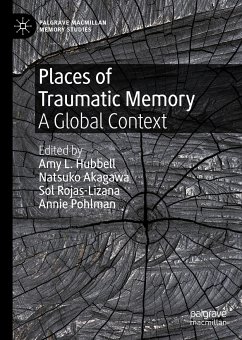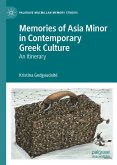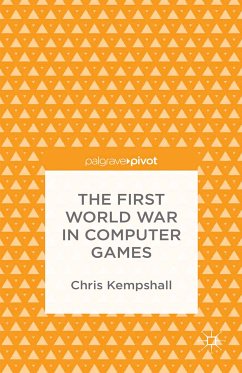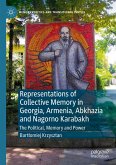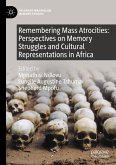This volume explores the relationship between place, traumatic memory, and narrative. Drawing on cases from Africa, Asia, Europe, Oceania, and North and South America, the book provides a uniquely cross-cultural and global approach. Covering a wide range of cultural and linguistic contexts, the volume is divided into three parts: memorial spaces, sites of trauma, and traumatic representations. The contributions explore how acknowledgement of past suffering is key to the complex inter-relationship between the politics of memory, expressions of victimhood, and collective memory. Contributors take note of differing aspects of memorial culture, such as those embedded in war memorials, mass grave sites, and exhibitions, as well as journalistic, literary and visual forms of commemorations, to investigate how narratives of memory can give meaning and form to places of trauma.
Dieser Download kann aus rechtlichen Gründen nur mit Rechnungsadresse in A, B, BG, CY, CZ, D, DK, EW, E, FIN, F, GR, HR, H, IRL, I, LT, L, LR, M, NL, PL, P, R, S, SLO, SK ausgeliefert werden.

